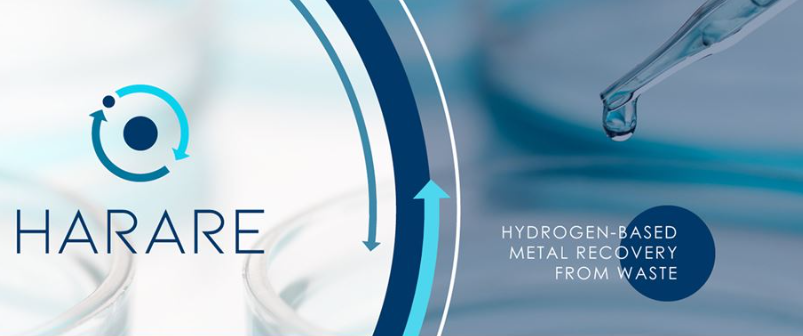In the metallurgy industry, waste slag frequently contains valuable materials in low concentrations. Large areas of valuable land are used to house reservoirs containing hazardous waste. SINTEF, a research organization, now want to use hydrogen to convert this waste into a resource.

SINTEF headquartered in Trondheim, Norway, is one of Europe's largest independent research organisations. It was founded in 1950 that conducts contract research and development projects.
The world intensely needs metals, and realizing the so-called green transition depends on obtaining both the scarcer metals and those for which we have a plentiful supply. Nevertheless, when metals are recovered from minerals, it often ends with waste by-products. In addition, this waste may have significant environmental and local impacts.
In some of the research SINTEF is conducting, they are looking at ways to turn waste into metals. The research firm aims to recover iron, cobalt, scandium and many other critical metals from these waste products.
Waste disposal problems associated with metallurgy are evident. They may also offer opportunities, and new commercial initiatives may also emerge with increased demand for metals and other raw materials.
SINTEF is currently working on a major project called HARARE, which involves a partnership with nine other European organizations aiming to use hydrogen to recover copper and aluminium from copper slag and bauxite residues (so-called red muds), respectively. HARARE stands for 'Hydrogen as the Reducing Agent in the REcovery of metals and minerals from metallurgical waste'.
source https://www.alcircle.com/news/sintef-s-harare-project-aims-to-recover-metals-from-red-mud-and-copper-slag-87245

Comments
Post a Comment